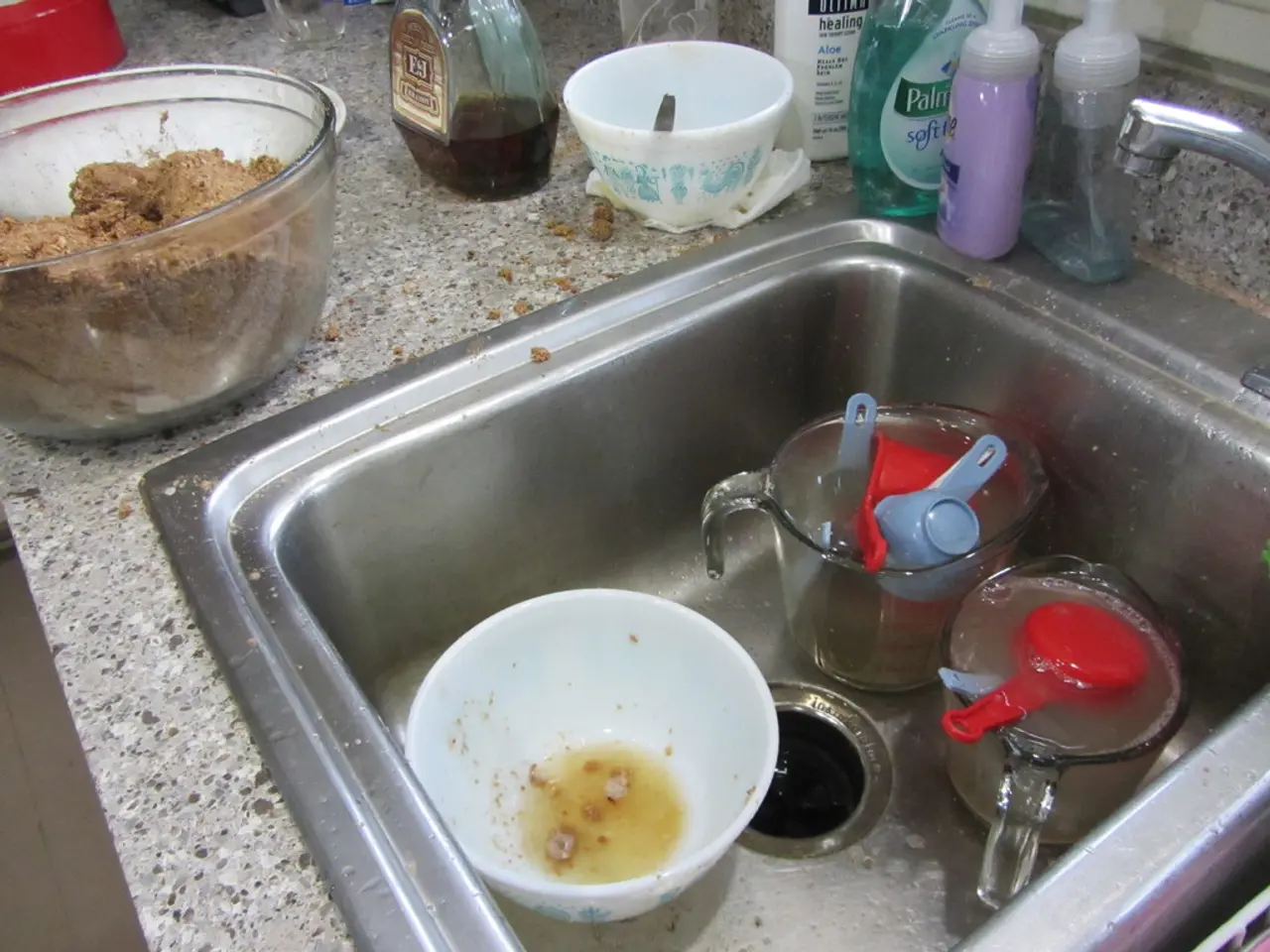Banknote-Borne Infections Discussed by Specialist Zolotareva
Maria Zolotareva, a senior lecturer at the Department of Biotechnologies and Industrial Pharmacy at RUT MIREA, has reported on the contamination of banknotes and coins with bacteria. The study conducted at RUT MIREA found that older banknotes carry a higher risk of bacterial contamination.
The study did not specify the exact types of bacteria found on the banknotes or coins, but it was noted that banknotes can carry pathogenic microorganisms such as Escherichia coli, Staphylococcus aureus, and enterococci. Coins, on the other hand, were found to harbour bacteria for a shorter period, with bacteria remaining viable for one to two weeks. Banknotes, however, can retain bacteria for one to two months due to their porous structure.
Older banknotes, which have been in circulation longer, pose a particular risk due to their porous structure that helps preserve microorganisms in folds. The average lifespan of a Russian banknote is around 2 to 2.5 years, and as they age, they become more susceptible to bacterial contamination.
Handling banknotes and coins increases the risk of bacterial exposure, but sickness is unlikely if hygiene rules are followed. It is advisable to use antiseptic or wash hands thoroughly with soap after handling money, especially before eating.
It is worth noting that while the prolonged circulation of banknotes creates significant potential for bacterial accumulation, it is quite difficult to get sick from contact with money. The study findings emphasise the importance of maintaining good hygiene practices to minimise the risk of bacterial contamination.
Maria Zolotareva's study on banknote-borne microorganisms serves as a reminder for the public to be mindful of their hygiene practices, especially when handling money. The study's findings were reported to RT, highlighting the importance of this research in maintaining public health.








